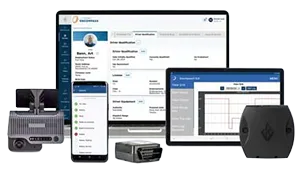News & Regulatory Alerts
Stay current on the critical safety and compliance news that impacts your business.
August 20, 2025
August 20, 2025
August 20, 2025
August 18, 2025
August 15, 2025
August 14, 2025
August 13, 2025
August 12, 2025
July 31, 2025
July 24, 2025
July 21, 2025
July 21, 2025
July 15, 2025
Showing 1 to 24 of 582 entries




